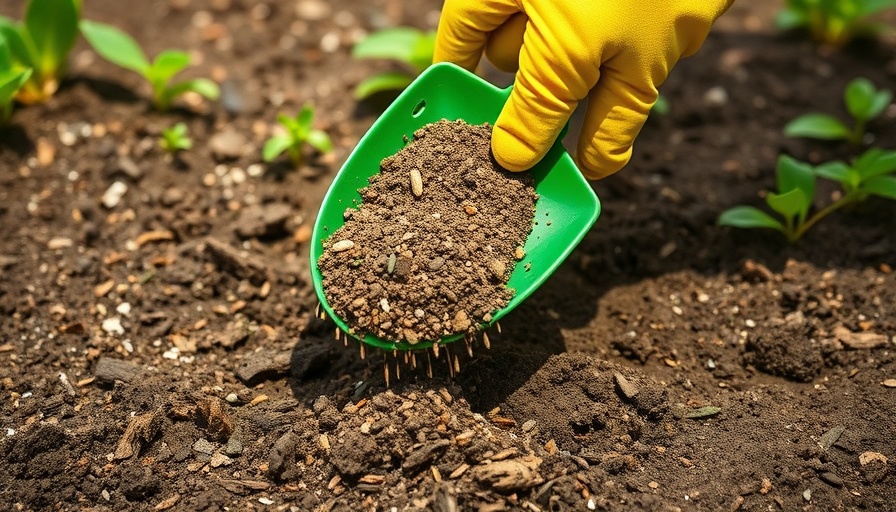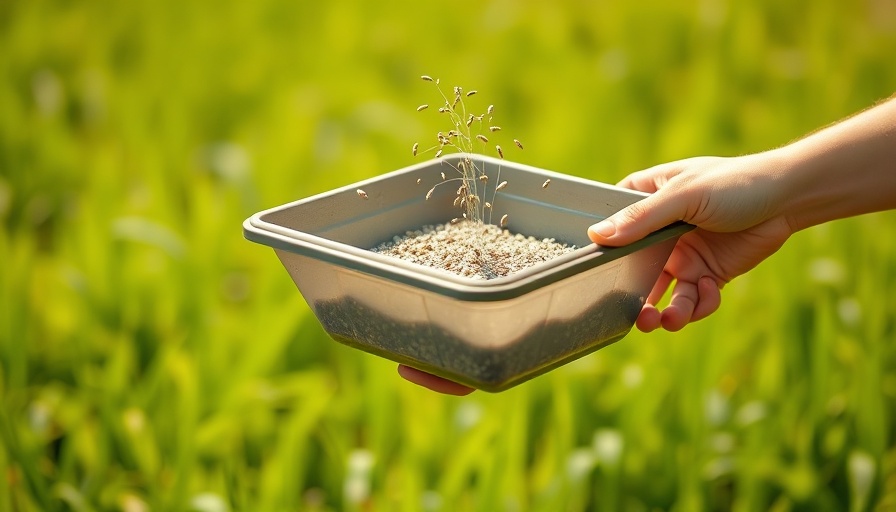
Understanding Soil pH and Its Importance
Soil pH is a crucial factor in deciding the health and growth potential of plants. It indicates the acidity or alkalinity of the soil, measured on a scale from 1 to 14, with values below 7 considered acidic. While many plants thrive in a neutral range (pH 6.5-7.5), acid-loving plants, such as blueberries and azaleas, require an acidic soil (pH 5.5 or lower) to flourish. A soil test is the first step in determining your soil’s pH, ensuring you know how to amend it correctly.
Simple Steps to Lower Soil pH
Lowering your soil’s pH is achievable through several methods, particularly by adding sulfur-based amendments. Elemental sulfur is a common choice, as it combines with soil bacteria for gradual pH reduction. Start by conducting a soil test to determine the current pH level. If the levels exceed 7.5, gradual amendments will be necessary.
Recommended Amendments: Elemental Sulfur and Aluminum Sulfate
Two widely used materials for lowering soil pH are elemental sulfur and aluminum sulfate. Elemental sulfur is economical but works slowly, requiring a few months for visible changes. Aluminum sulfate acts more quickly but is relatively more expensive. When using these materials, remember to incorporate them into the top six to 12 inches of soil and water thoroughly.
When to Apply and Considerations
Timing is critical when lowering pH. Applying sulfur during cooler months allows the soil to adjust adequately before planting. Wait about a month before introducing plants to minimize the risk of root burn. Additionally, regularly testing your soil every few years will help maintain optimal pH levels, ensuring your plants remain healthy and vibrant.
Natural Techniques to Aid Acidification
While sulfur amendments are effective, natural methods such as adding organic matter like peat moss or pine needles can also support lowering soil pH over time. However, these methods are much slower to take effect. For immediate results, sticking with sulfur is often best, especially for newly established gardens.
By understanding and managing soil pH effectively, you can create a thriving environment for your favorite acid-loving plants!
 Add Row
Add Row  Add
Add 




Write A Comment